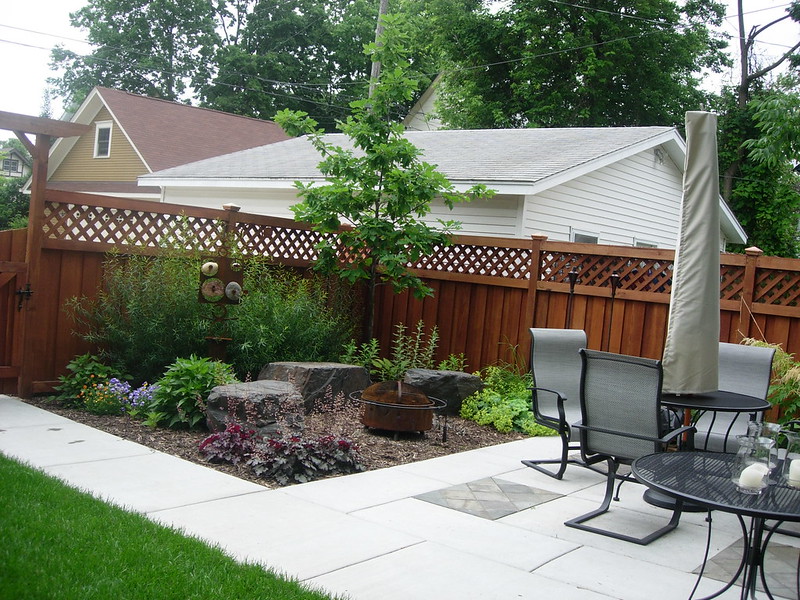Looking to transform a portion of your outdoor space into a beautiful oasis? If so, then you may be starting to plan and prep your outdoor garden. After all, what better way to escape from the stresses of the day than to sit down on a bench in your very own garden retreat and breathe in the fresh air?
As you begin designing your garden, there are many decisions to be made. One of the more important choices you’ll make is selecting materials to use for your garden landscaping. From walkway materials to edging components, natural stone is a popular choice. But with so many different stone options to choose from, how can you decide which is right for your needs?
Explore a few of the most popular stone choices for building an outdoor garden below, along with some potential applications for each. From there, you’ll be able to make a more informed and confident decision for your own garden space!
Aggregates
Aggregates are typically made up of either crushed natural stone or round, tumbled pebbles – they are also frequently referred to as crushed stone. They are a popular choice for use in gardens because they make an excellent informal garden path. In addition, they can be used in place of traditional mulch, providing greater longevity while ensuring proper drainage in the process.
Aggregates come in a wide range of sizes, colors, and styles to suit your tastes — so you can find a crushed stone option that’s right for your garden vibe!
Cobblestone
Another popular stone option to consider for your garden is cobblestone. Specifically, cobblestones are hand-cut, gently tumbled granite stones that are available in multiple sizes and colors. There are many potential applications for cobblestone. However, in garden design, this stone is often used to mark out raised garden beds in a rustic and natural-looking way. They can also be used to create pathways with an antiqued look.
Cobblestones are a great choice for any garden because they are extremely durable and easy to work with. They also come in a wide range of shapes and sizes, so you can achieve the look you desire. For pathways, cobblestones can be laid in many different configurations (ranging from simple stacked patterns to swirl and zig-zag designs), so you can get creative.
Bluestone
If you’re wanting to achieve a more formal look in your garden or looking for a stone you can use as treads on a raised garden bed, bluestone is an excellent choice. Quarried in New England, bluestone is a unique type of sandstone that has a naturally textured surface. As a result, it is often used in garden pathways to ensure proper traction and reduce the risk of slipping in wet conditions.
Bluestone is also available in a wide range of sizes, shapes, and finishes, making it a versatile stone option for your garden design. It lends itself to a more luxurious look and feel that many homeowners will agree is worth the higher price tag.
Which Stone is Right For Your Garden?
Ultimately, the stone type that is best for your garden will depend on the look you’re going for and your budget. You can always mix and match your stones to create a truly unique ambiance! Regardless of which stone(s) you end up choosing for your new garden design, it’s important to have it professionally installed for the best results.
Author Bio
Tyra Dellacroce is the Vice President of Interior Sales and Marketing for Connecticut Stone. She is responsible for interior sales, design, and project management as well as marketing strategy, installation, and procurement. Tyra leads a prize-winning team whose work has earned a Pinnacle Award of Merit from the Marble Institute of America, a Tucker Design Award from the Building Stone Institute, a HOBI Award from the Home Builders and Remodelers Association of Connecticut, and an Innovation in Design Award from Connecticut Cottages and Gardens.


